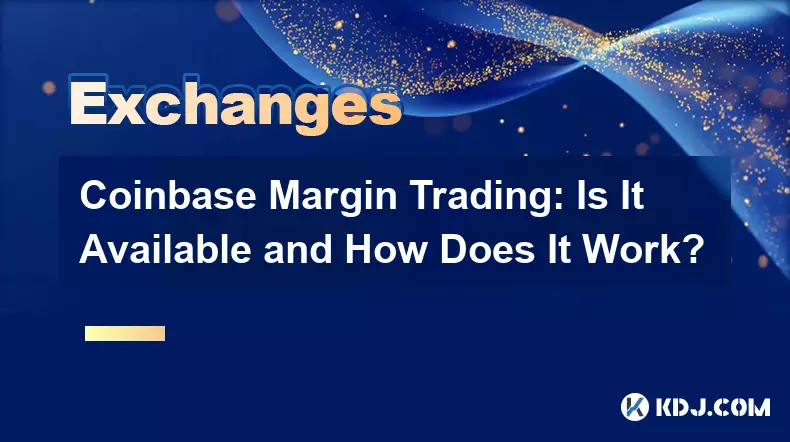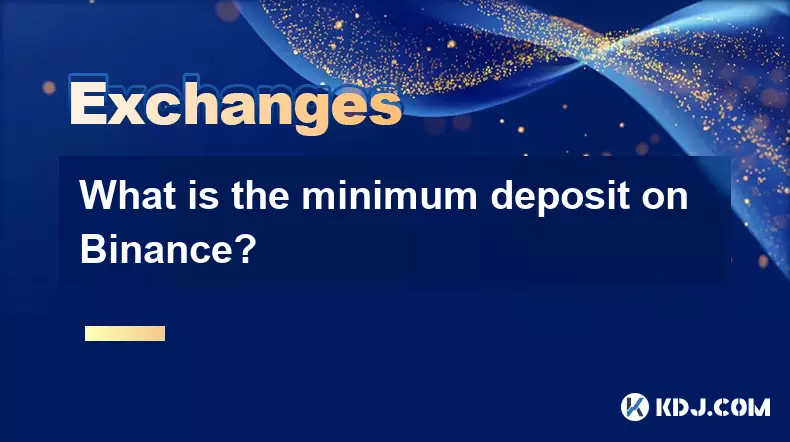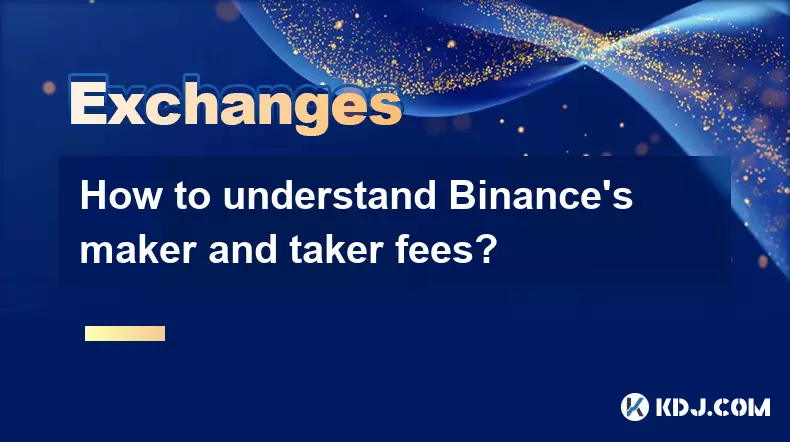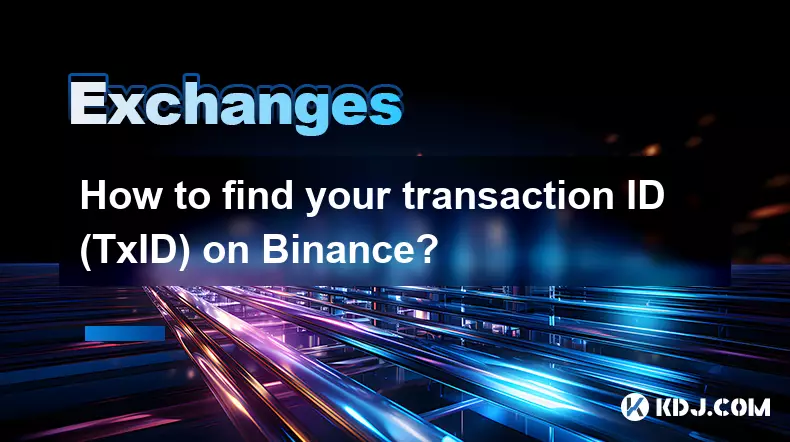-
 Bitcoin
Bitcoin $108500
-3.65% -
 Ethereum
Ethereum $4332
-3.85% -
 XRP
XRP $2.842
-4.58% -
 Tether USDt
Tether USDt $1.000
0.00% -
 BNB
BNB $860.0
-0.93% -
 Solana
Solana $206.7
-1.88% -
 USDC
USDC $0.9998
-0.01% -
 Dogecoin
Dogecoin $0.2142
-3.02% -
 TRON
TRON $0.3348
-2.45% -
 Cardano
Cardano $0.8296
-3.33% -
 Chainlink
Chainlink $23.53
-4.79% -
 Hyperliquid
Hyperliquid $44.97
-6.27% -
 Ethena USDe
Ethena USDe $1.000
-0.01% -
 Sui
Sui $3.314
-4.21% -
 Stellar
Stellar $0.3604
-5.33% -
 Bitcoin Cash
Bitcoin Cash $534.8
-3.53% -
 Avalanche
Avalanche $23.63
-3.55% -
 Hedera
Hedera $0.2266
-4.76% -
 Cronos
Cronos $0.2758
-12.86% -
 UNUS SED LEO
UNUS SED LEO $9.436
-1.26% -
 Litecoin
Litecoin $110.5
-1.82% -
 Toncoin
Toncoin $3.075
-2.80% -
 Shiba Inu
Shiba Inu $0.00001216
-3.00% -
 Polkadot
Polkadot $3.785
-4.28% -
 Uniswap
Uniswap $9.578
-2.94% -
 Dai
Dai $1.000
-0.01% -
 Bitget Token
Bitget Token $4.528
-1.71% -
 Monero
Monero $261.4
-2.87% -
 Aave
Aave $312.2
-1.24% -
 Ethena
Ethena $0.6512
-0.63%
Coinbase Margin Trading: Is It Available and How Does It Work?
Margin trading on Coinbase allows leveraged positions via Advanced Trade, but requires eligibility, collateral, and carries high risks like liquidation and interest costs.
Aug 29, 2025 at 12:43 pm

Understanding Margin Trading on Coinbase
1. Margin trading allows users to borrow funds to increase their trading position beyond what would be possible with their own capital alone. This form of trading amplifies both potential gains and losses, making it a high-risk, high-reward strategy. On Coinbase, margin trading is not available across all account types or regions due to regulatory constraints.
2. The platform offers margin trading through its advanced trading interface, Coinbase Advanced Trade. This service enables eligible users to access leveraged positions, typically up to a specified loan-to-value ratio. Users must undergo a verification process and meet certain eligibility criteria before gaining access.
3. To engage in margin trading, users must first transfer assets into a margin-enabled wallet. These assets serve as collateral for borrowed funds. The amount that can be borrowed depends on the value of the collateral and the asset’s loan-to-value (LTV) ratio set by the platform.
4. Interest is charged on borrowed funds, and rates vary depending on the cryptocurrency and market conditions. Users are required to maintain a minimum maintenance margin; falling below this threshold can trigger a margin call or automatic liquidation of positions.
5. Coinbase provides risk management tools such as stop-loss and limit orders to help users manage exposure. These tools are essential for mitigating losses in volatile markets, especially when leveraging positions with borrowed capital.
Eligibility and Regulatory Considerations
1. Access to margin trading on Coinbase is restricted to users in specific jurisdictions. U.S. residents, for example, face tighter regulations, and not all states permit margin trading on digital assets. International users must comply with local financial regulations to qualify.
2. Users must complete identity verification and demonstrate an understanding of the risks associated with leveraged trading. Coinbase may require users to pass a knowledge assessment before enabling margin features.
3. Regulatory scrutiny of crypto margin trading has increased, particularly from bodies like the U.S. Securities and Exchange Commission (SEC) and the Commodity Futures Trading Commission (CFTC). These agencies are concerned about investor protection and systemic risk.
4. Coinbase operates under strict compliance protocols to align with anti-money laundering (AML) and know-your-customer (KYC) requirements. These measures are critical for maintaining the integrity of margin trading services.
5. The platform periodically reviews its offerings in response to legal developments. Changes in legislation can lead to the suspension or modification of margin trading in certain regions.
Risks and Management Strategies
1. The primary risk of margin trading is liquidation. If the market moves against a leveraged position and the collateral value drops below the maintenance margin, the position is automatically closed. This can result in the total loss of the invested capital.
2. Volatility in the cryptocurrency market exacerbates the risks of margin trading. Sudden price swings can trigger margin calls within minutes, leaving little time for users to respond.
3. Interest costs accumulate over time, especially in long-term leveraged positions. These costs can erode profits or increase losses if the trade does not perform as expected.
4. Over-leveraging is a common mistake among inexperienced traders. Using excessive leverage may lead to significant losses even with small adverse price movements.
5. Diversifying collateral assets and using conservative leverage ratios can help mitigate risk. Monitoring open positions regularly and setting clear exit strategies are essential practices for margin traders.
Frequently Asked Questions
What is the maximum leverage offered on Coinbase Advanced Trade?Currently, Coinbase Advanced Trade offers up to 3x leverage for eligible users on certain cryptocurrency pairs. The exact leverage available depends on the asset and market conditions.
Can I use stablecoins as collateral for margin trading?Yes, stablecoins such as USDC and DAI can be used as collateral. Their price stability makes them a preferred choice for minimizing volatility-related risks in margin positions.
How does Coinbase calculate margin interest?Margin interest is calculated on a per-second basis and applied hourly. Rates vary by asset and are influenced by supply and demand dynamics within the platform’s lending pool.
What happens during a margin call on Coinbase?When a user’s equity falls below the maintenance margin level, Coinbase issues a margin call. If the user fails to deposit additional collateral or reduce the position, the system will automatically liquidate part or all of the position to cover the debt.
Disclaimer:info@kdj.com
The information provided is not trading advice. kdj.com does not assume any responsibility for any investments made based on the information provided in this article. Cryptocurrencies are highly volatile and it is highly recommended that you invest with caution after thorough research!
If you believe that the content used on this website infringes your copyright, please contact us immediately (info@kdj.com) and we will delete it promptly.
- PEPE Price: Technical Indicators Paint a Mixed Outlook – Should You Buy?
- 2025-08-29 23:50:12
- Algorand (ALGO): Navigating Support Tests and Bullish Signals
- 2025-08-29 23:55:12
- Pi Coin's Bullish Signs: Eyes on $0.365 Breakout and Beyond!
- 2025-08-29 21:50:12
- Bitcoin, Digital Health, Crypto Convergence: A New Era of Economic Resilience
- 2025-08-29 21:05:17
- BlockchainFX & Meme Coins: What's the Deal in 2025?
- 2025-08-29 19:05:12
- XRP Price Primed for Massive Rally? Raoul Pal Weighs In
- 2025-08-29 17:25:13
Related knowledge

How to trade a new coin listing on Binance?
Aug 29,2025 at 11:14am
Understanding the Pre-Listing Phase1. Research the project thoroughly before any listing announcement. Whitepapers, team backgrounds, and community se...

How long do Binance withdrawals take?
Aug 29,2025 at 02:57pm
Understanding Binance Withdrawal Processing Times1. Binance typically processes cryptocurrency withdrawals within a few minutes after the request is c...

What is the minimum deposit on Binance?
Aug 29,2025 at 01:01pm
Understanding Binance Deposit Requirements1. The minimum deposit on Binance varies depending on the cryptocurrency being deposited. Each digital asset...

How to understand Binance’s maker and taker fees?
Aug 29,2025 at 02:28pm
Understanding Decentralized Exchanges in the Crypto Ecosystem1. Decentralized exchanges (DEXs) operate without a central authority, allowing users to ...

How to read charts on Binance?
Aug 29,2025 at 08:28am
Understanding Candlestick Patterns1. Each candlestick on Binance represents price movement over a specific time interval, such as one minute, five min...

How to find your transaction ID (TxID) on Binance?
Aug 29,2025 at 08:57am
Understanding Transaction ID (TxID) in Binance1. A Transaction ID, commonly known as TxID, is a unique alphanumeric string assigned to every blockchai...

How to trade a new coin listing on Binance?
Aug 29,2025 at 11:14am
Understanding the Pre-Listing Phase1. Research the project thoroughly before any listing announcement. Whitepapers, team backgrounds, and community se...

How long do Binance withdrawals take?
Aug 29,2025 at 02:57pm
Understanding Binance Withdrawal Processing Times1. Binance typically processes cryptocurrency withdrawals within a few minutes after the request is c...

What is the minimum deposit on Binance?
Aug 29,2025 at 01:01pm
Understanding Binance Deposit Requirements1. The minimum deposit on Binance varies depending on the cryptocurrency being deposited. Each digital asset...

How to understand Binance’s maker and taker fees?
Aug 29,2025 at 02:28pm
Understanding Decentralized Exchanges in the Crypto Ecosystem1. Decentralized exchanges (DEXs) operate without a central authority, allowing users to ...

How to read charts on Binance?
Aug 29,2025 at 08:28am
Understanding Candlestick Patterns1. Each candlestick on Binance represents price movement over a specific time interval, such as one minute, five min...

How to find your transaction ID (TxID) on Binance?
Aug 29,2025 at 08:57am
Understanding Transaction ID (TxID) in Binance1. A Transaction ID, commonly known as TxID, is a unique alphanumeric string assigned to every blockchai...
See all articles

























































































